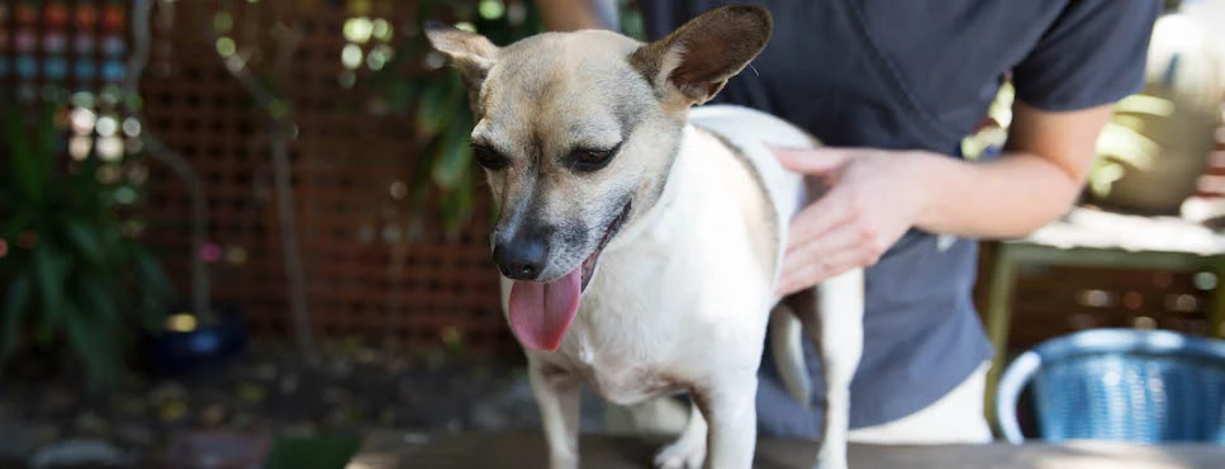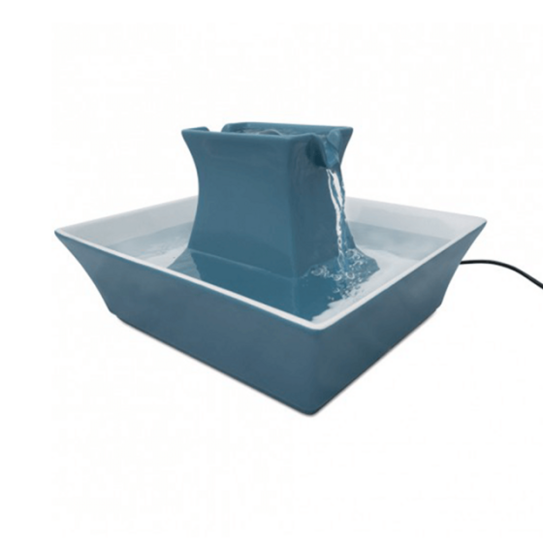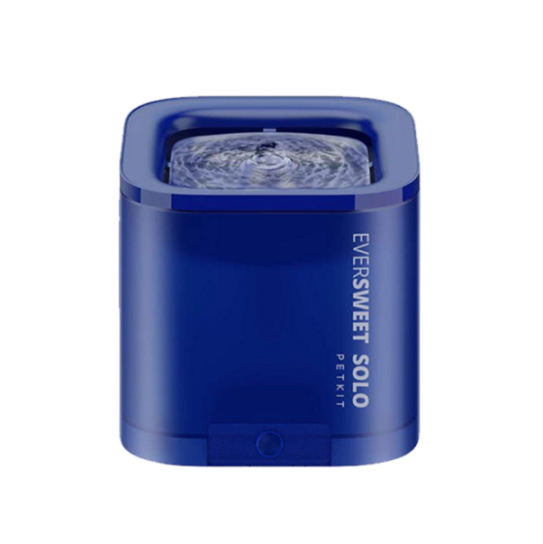There are several types of bladder stones in dogs. The difference is in their mineral compositions, the most common two are struvite and oxalate. Less common types include urate and cystine stones.
Crystals are the building blocks of bladder stones. Crystals form due to the super-saturation of the urine with certain minerals, which causes these minerals to aggregate to form crystals. This is compounded in some instances by a urine pH which is favourable for urine formation, and a reduction in the amount of crystallisation inhibitors in the urine.
Struvite
Struvite crystals are composed of magnesium, ammonium and phosphate and it is not uncommon for them to be present in the urine of healthy animals. Struvite stones in dogs form most commonly as a consequence of a urinary tract infection with certain types of bacteria that produce an enzyme called urease. Urease reacts with urea, a normal waste product excreted in urine, to create ammonia which raises the urine pH to create an alkaline environment.
As well as changing the pH of the urine, the ammonia is also toxic to the cells of the bladder wall which results in inflammation and the release of proteins. These proteins provide the struvite crystals that are normally in the bladder with a scaffolding to create bladder stones. This reaction can only occur in the alkaline environment created by the ammonia. Struvite stones are most common in female dogs, particularly Miniature Schnauzers, Miniature Poodles, Bichon Frises and Cocker Spaniels.
OxalateOxalate crystals are composed of calcium oxalate, and can form for a number of reasons. Some dogs may have a hereditary predisposition to forming stones due to the absence of a substance called nephrocalcin in their urine. Another risk factor for oxalate stone formation in dogs is an excess of calcium or oxalate in the diet, generally from feeding human foods.
Some metabolic conditions may also result in the formation of calcium oxalate stones, for example Cushing's Disease, which causes increased amounts of calcium to be excreted in the urine. Breeds predisposed to calcium oxalate stones include Schnauzers, Lhasa Apsos, Yorkshire Terriers, Miniature Poodles, Shih Tzus and Bichon Frises. Male dogs represent over 70% of dogs affected.
Urate
Dalmatians are unfortunately the poster-dog for this type of bladder stone. This is due to their genetic inability to break the purines in their diet down to allantoin (which is water soluble and excreted out in the urine). Not all Dalmatians will form urinary stones, and we are unable to tell which Dalmatians will form them. Male dalmatians tend to be more susceptible to developing symptoms of bladder stones due to the anatomy of their urinary tract. Overall, less than 10% of Dalmatians will actually form stones despite urate crystals being a normal finding in any urinary sample from a Dalmatian.
Some English Bulldogs also have the same gene which inhibits the breakdown of purines from the diet. Dogs with liver problems at birth are also predisposed to urate stones, as the purines are broken down to allantoin in the liver.
Cystine
Cystine is an uncommon type of bladder stone. Bulldogs such as the British Bulldogs and the French Bulldog, Newfoundlands and Dachshunds tend to be predisposed. It is thought that these bladder stones form due to a genetic defect which causes a problem in the kidneys ability to reabsorb cystine, so it is excreted out into the bladder. Male dogs also tend to be more prone, so it is thought that the male hormones play a role in the development of these stones.








